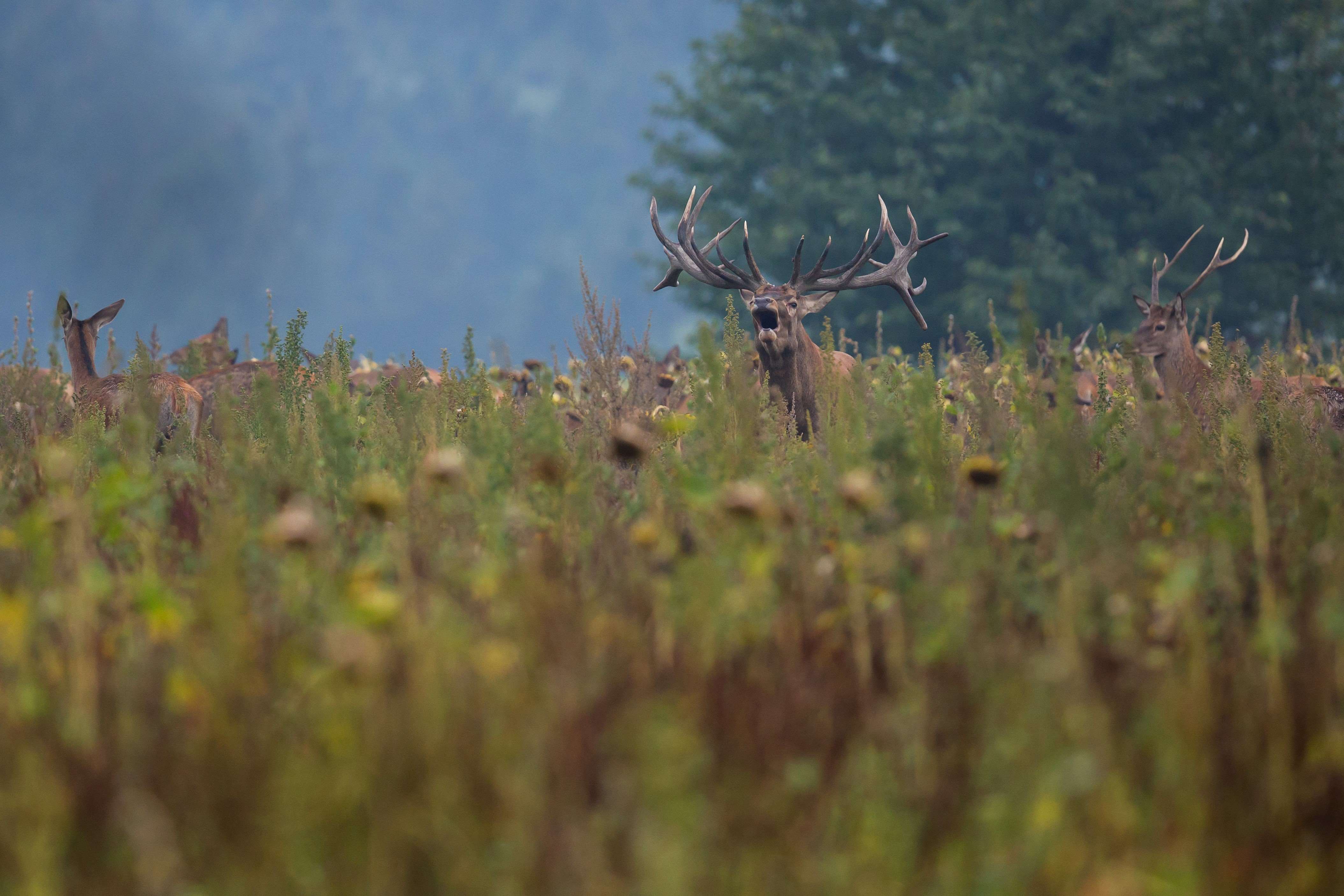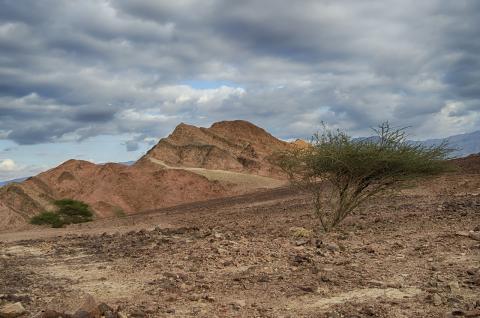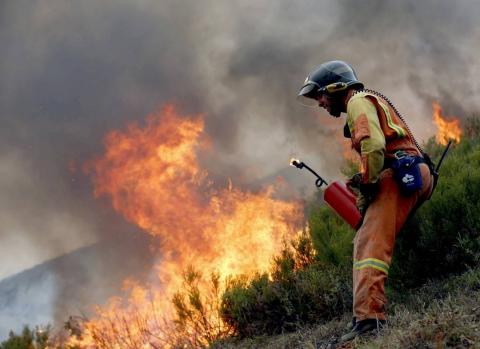Almost 25% of Europe's landscape could be rewilded
Abandoned farmlands in Europe could find new life through rewilding, a movement aimed at restoring devastated landscapes to their wild state before human intervention. A quarter of the European continent, 117 million hectares, is ready for rewilding, according to a study published today in the journal Current Biology.

Pablo manzano - rewilding EN
Pablo Manzano
Ikerbasque Research Fellow at the Basque Centre for Climate Change
This work falls within the parameters currently used for this type of study, and within its genre, it is of good quality. It’s important to keep in mind that these are modeling studies, which make large-scale extrapolations with fairly broad assumptions, which limits their absolute robustness and applicability. In that sense, it aligns well with other existing evidence.
However, I believe that when deriving implications for conservation policies, one should be cautious. For example, the study uses classifications of areas with high and low human impact from other authors, which do not take into account clearly positive and negative human uses.
In particular, I am concerned that large areas, such as those in Scandinavia, are considered to have low impact, despite being subject to forest management where the state of ecosystems is not as good as one might infer from this work by Araujo and Alagador.
I am also concerned about the implications of simplifying the composition within each trophic type in the study: herbivores are divided into functional types ranging from strict grazers, with a great need for mobility and different effects on the landscape, to the other extreme, browsers. A herbivore community overly skewed towards browsers creates landscapes that are very prone to fires and with limited seed dispersal due to their lower mobility. However, in Europe, we lack wild grazers because they were extinguished centuries ago, and we need extensive livestock to fulfill those functions (this is something we have reviewed at BC3 in https://doi.org/10.1007/s10980-023-01783-y).
Another factor not considered by Araujo and Alagador’s work is the problems caused by the active reintroduction of carnivores, such as the reintroduction of bears in the Pyrenees, as well as the gradual and very successful expansion of wolves across the continent in recent years; all of this is very important given the fundamental role of social acceptance (see https://theconversation.com/mediar-entre-humanos-para-conservar-a-los-lobos-152430), something they do mention but do not handle as a factor in their analysis.
For all these reasons, I would recommend great caution when deriving management recommendations from this study.
Araújo et al.
- Research article
- Peer reviewed
- Modelling



